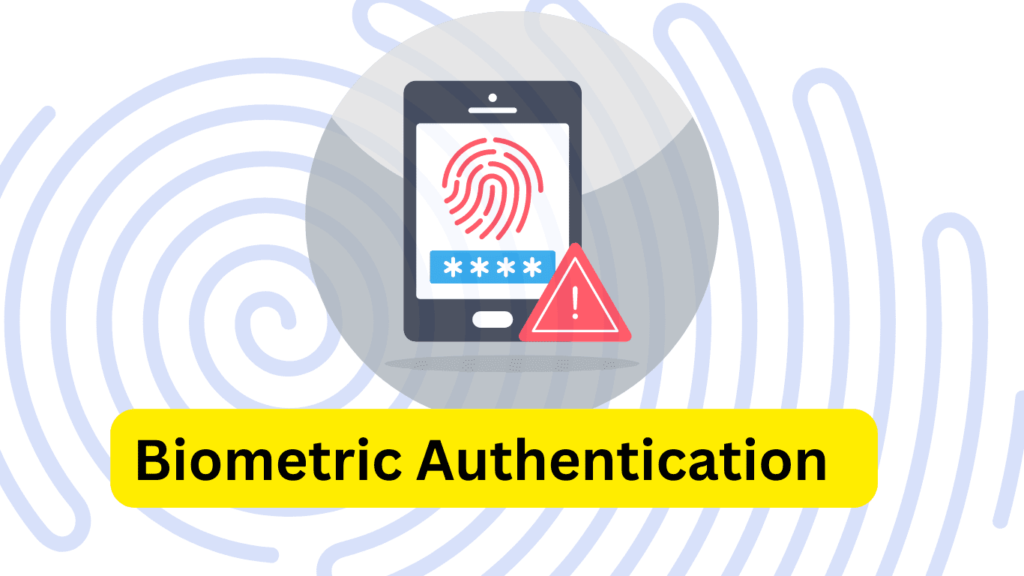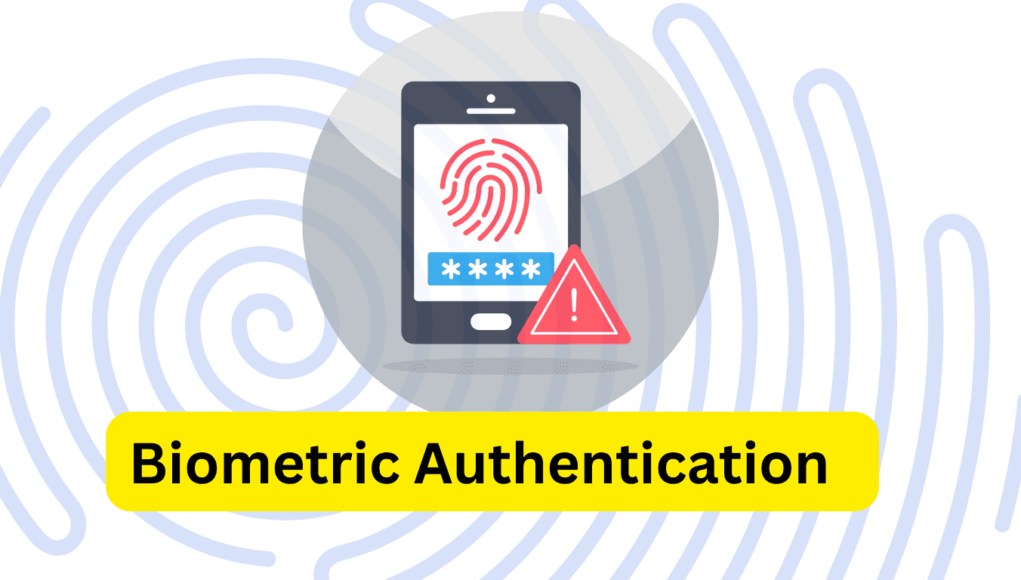Biometric authentication (BA) uses unique physical or behavioral characteristics for secure identity verification.
The system securely stores biometric data, such as fingerprints or facial patterns, making it difficult to replicate.
Biometric authentication provides enhanced security, user convenience, and scalability for various applications.
Best practices for biometric authentication include protecting biometric data and complying with regulatory requirements.

Understanding Biometric Authentication
- Biometric authentication is a Cutting-Edge Technology that uses unique physical or behavioral characteristics.
- These characteristics include fingerprints, iris patterns, voice, face, or even heartbeats for identity verification.
- Biometric recognition provides an extra layer of security compared to traditional password-based methods.
- The system securely stores biometric data, making it highly reliable for verification, as it is not easily replicable.
Benefits of Biometric Authentication
Enhanced security
Biometric recognition significantly reduces the risk of unauthorized access and identity theft.
User convenience
Biometric recognition eliminates the need to remember complex passwords and allows for quick and seamless access.
Scalability
Companies can implement Biometric verification across various devices and platforms, making it versatile for different applications
Cost-effective
Despite incurring initial setup costs, Biometric recognition can save costs in the long run by reducing password-related support issues.
Compliance
Biometric verification can help organizations meet regulatory compliance requirements for data security.
How Biometric Authentication Works
Biometric Enrollment
- The process of biometric enrollment involves capturing and storing an individual’s biometric data in a secure database.
- Specialized devices such as fingerprint scanners, iris scanners, or facial recognition cameras can capture biometric data.
- The system processes the captured data and converts it into a unique template for future authentication.
Biometric verification Process
- The system captures and compares the individual’s biometric data with the stored template during verification.
- The system verifies the authenticity of the captured data and grants access if it matches the stored template.
- The authentication process is typically fast, accurate, and highly secure, providing reliable results.
Applications of Biometric Authentication
Access Control
- Many physical premises, such as offices, data centers, and airports, commonly use Biometric recognitionfor access control.
- Biometric authentication restricts unauthorized access and ensures only authorized individuals are granted entry, providing a robust security measure.
- Biometric access control can be integrated with other security systems, enhancing overall security measures.
Mobile Devices
- Mobile devices such as smartphones and tablets widely use BA for unlocking screens, making payments, and securing apps.
- It offers a convenient and secure way of protecting sensitive information on mobile devices from unauthorized access.
- Mobile devices often utilize fingerprint recognition, facial recognition, or even iris recognition for biometric verification.
Financial Services
- Biometric recognition is increasingly being used in the financial services industry for secure customer identification.
- It offers enhanced security for online banking, payment transactions, and identity verification in financial institutions.
- Biometric verification can prevent fraud and identity theft, providing a secure and convenient user experience.
Best Practices for Biometric Authentication
Protect biometric data: Biometric data should be stored securely and encrypted























